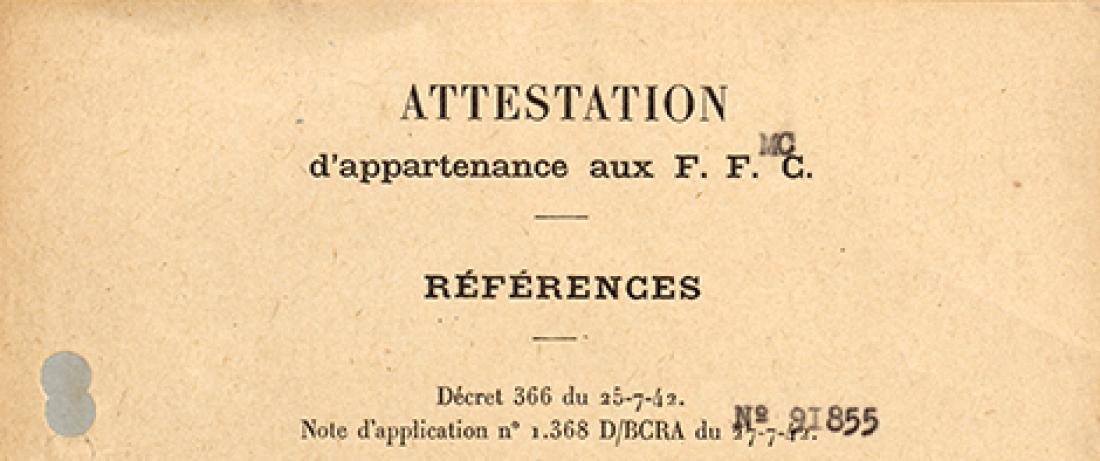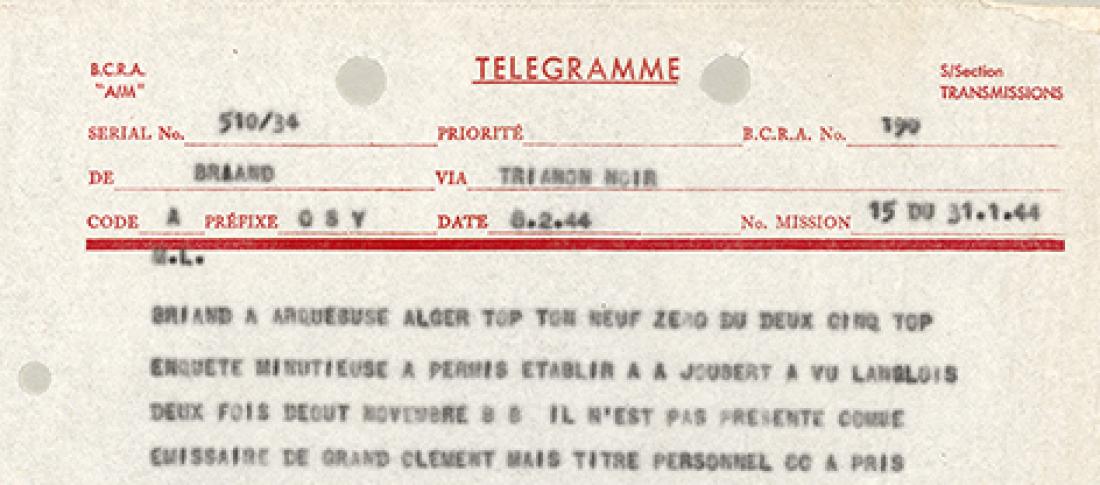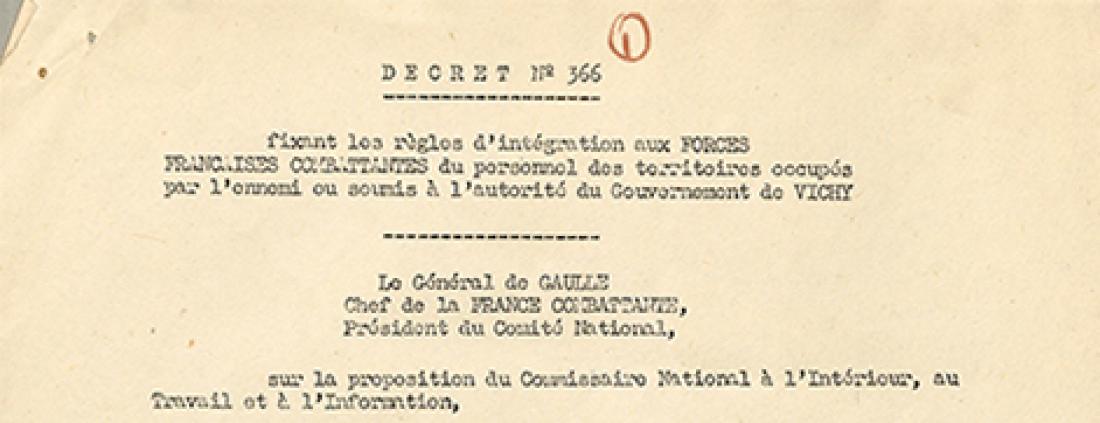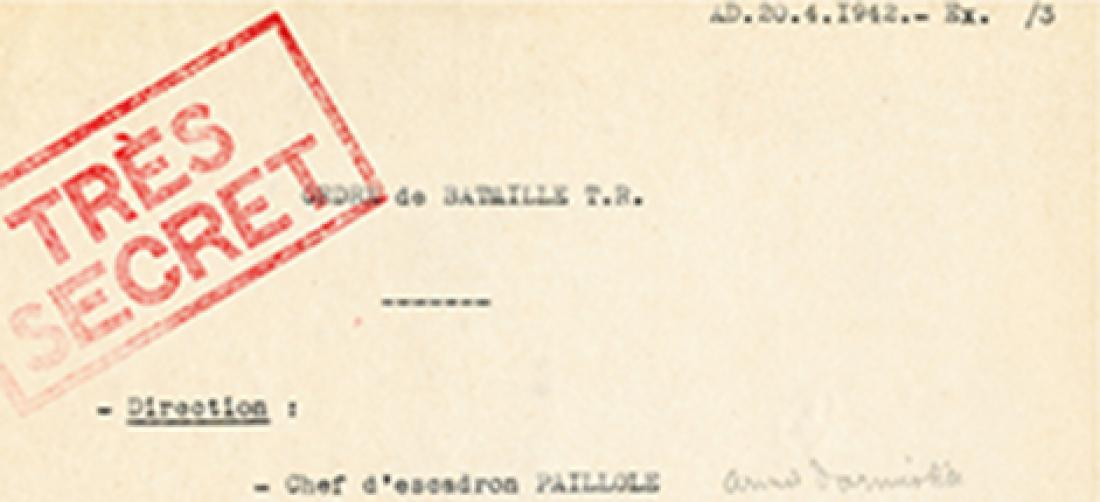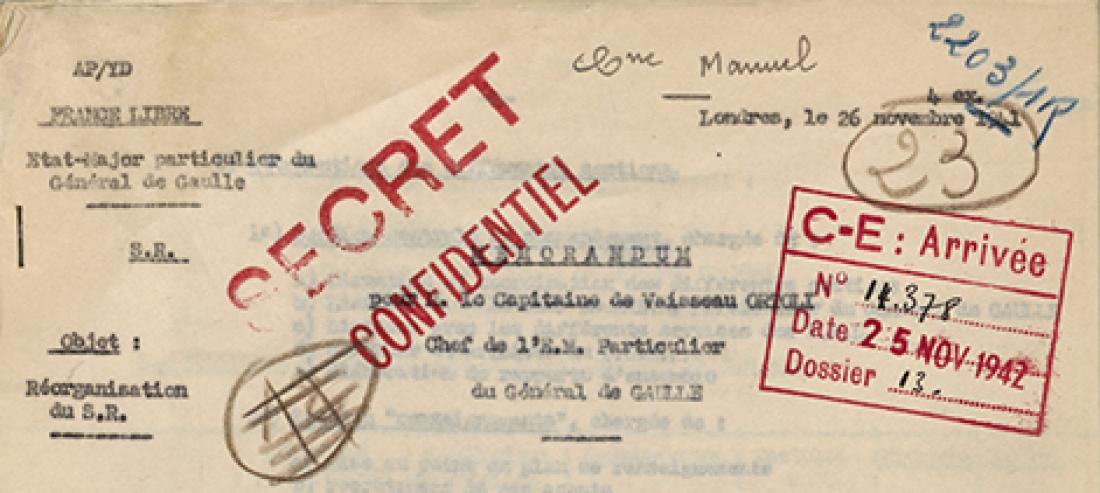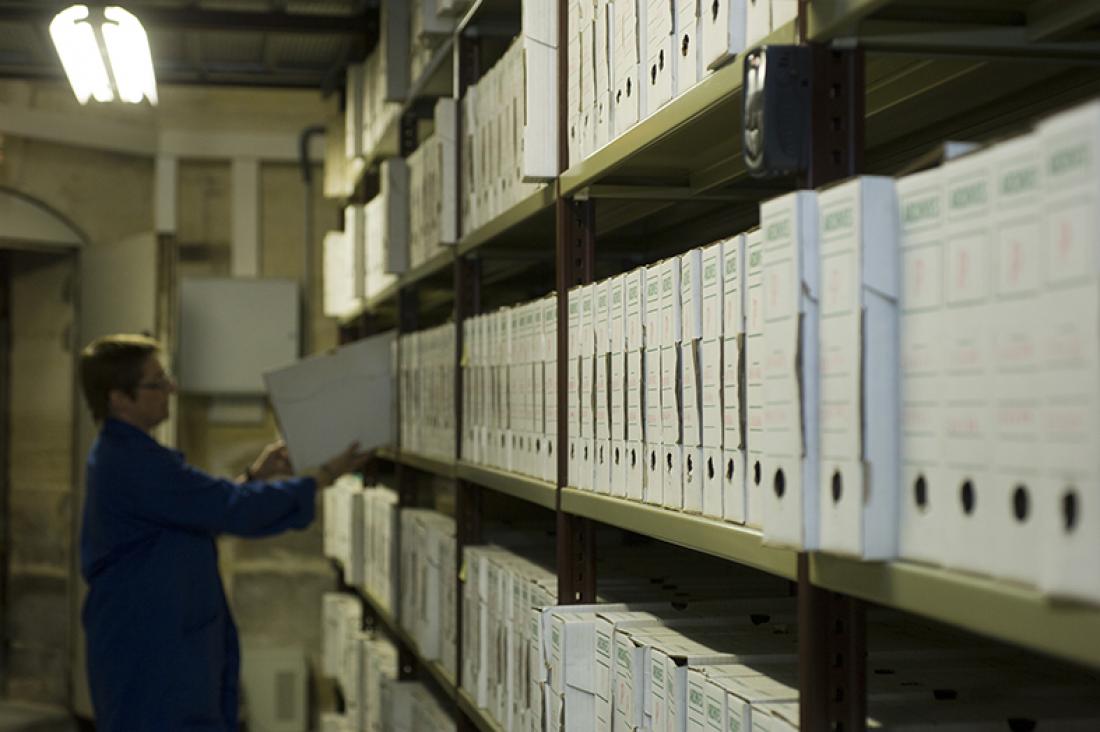
Les tourelles in 1954. © DGSE
From the BCRA to the DGSE, from yesterday to today… The French intelligence services have successfully evolved to adapt to new missions. While this has meant reforming the organisations to keep them efficient, the principles that guide them have remained intact. Subject to political power, the intelligence services have seen their capacities evolve to ensure they can carry out their missions and face an ever-changing sequence of threats. The organisational principles and strategic choices are still there, but the resources deployed and the missions themselves have changed. Evolutions in France's geopolitical context and the challenges it faces, the decolonisation process, the end of the Cold War, technological revolutions and the development of terrorist threats have led the Service to keep changing in response to security needs. At the same time, the choice to conserve a single, integrated structure has been constantly confirmed, and continues to offer France a high level of clandestine obstruction and operation.



